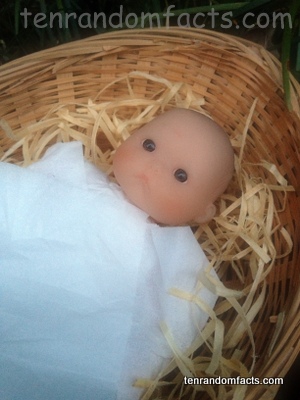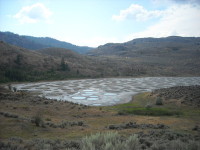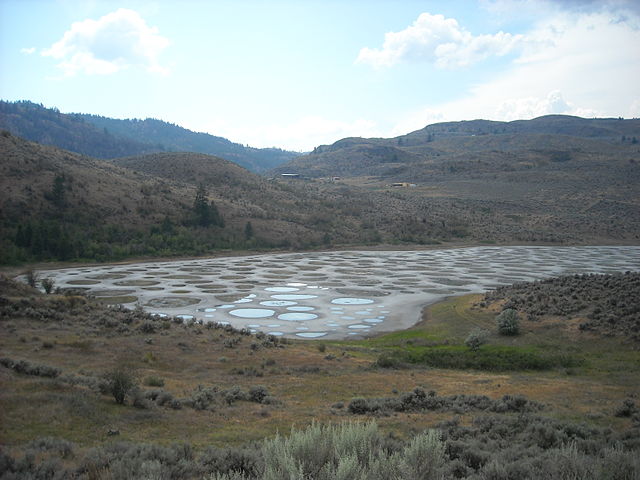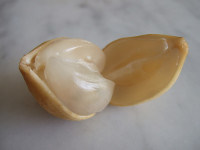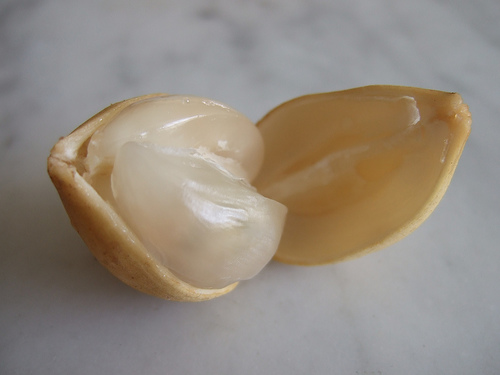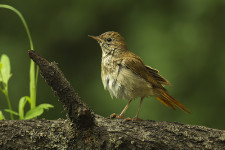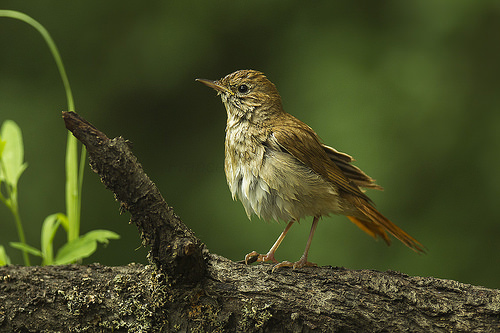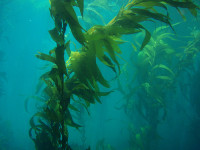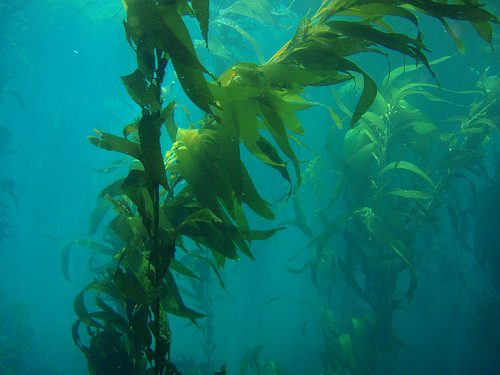
Even modern phoropters look like gizmos from the 1900s.
- Phoropters are an invention used primarily to determine the refraction error – the inaccuracy of an eye’s ability to focus light, of a person’s eyes.
- ‘Phoropters’ are also known as ‘refractors’, and the word may be spelled ‘phoroptors’.
- A phoropter has a set of interchangeable lens, and as the lenses are changed, the patient is required to comment on the lens effectiveness.
- The term ‘phoropter’ originated as a trademark from 1921, originally owned by DeZeng Standard, and was a shortened form of ‘phoro-optometer’.
- While using a phoropter, a patient is normally required to look at an eye chart from behind the machine as the machine’s lenses are interchanged, to determine whether they can see more clearly, or less so.

- Phoropters typically consist of twin ellipsoid plates that sit next to the left and right sides of one’s face, and are connected to an overhanging and adjustable beam.
- The practice of using lenses interchangeably to measure optics originated from the 1600s, while early predecessors of the phoropter first emerged in the 1800s.
- Phoropters were first patented in 1909 by American Henry DeZeng, though a patent by American Nathan Shigon was also accepted a year later.
- Although commonly used to measure refraction error, phoropters can be used to determine optical posture, as well as rest positions and amplitudes of the eyes.
- Ophthalmologists and optometrists, especially those who handle eye tests, will most often use a phoropter, to enable an accurate spectacles’ prescription for a patient.
Amazon: 



